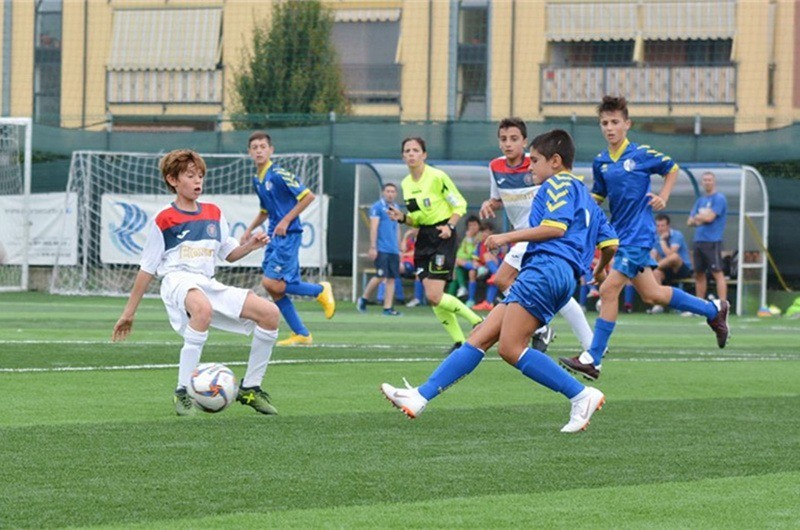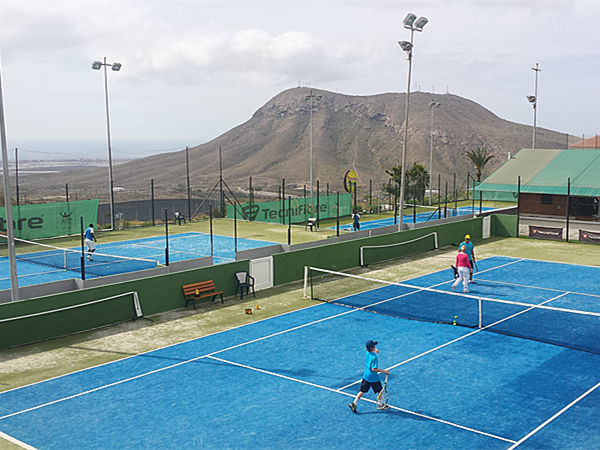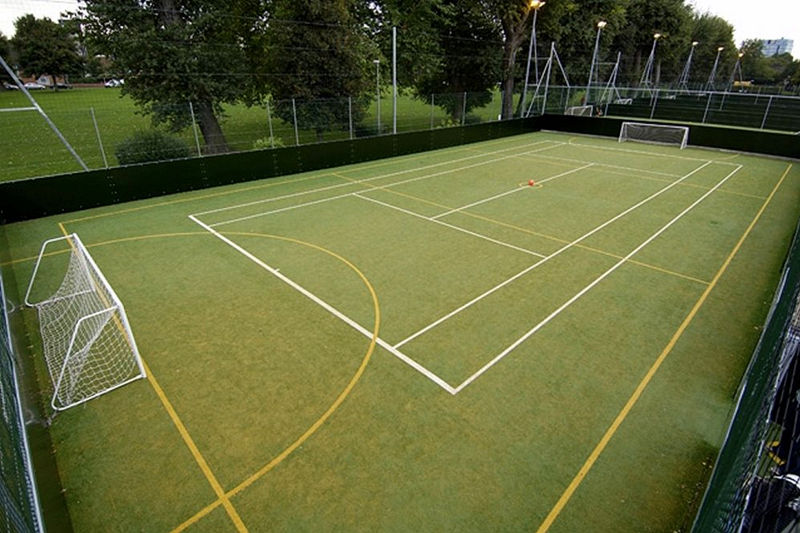Artificial grass face weight plays a crucial role in determining the performance, durability, and cost of synthetic turf. In this comprehensive guide, we will explore what artificial grass face weight entails, its impact on the turf, factors that influence face weight, and provide practical tips for choosing the appropriate option.
Table of Contents
What is Artificial Grass Face Weight?
Face weight refers to the weight of artificial grass yarn per square meter, encompassing the blades and any thatch (if present), excluding the backing. It serves as a measure of density and durability, providing insights into the strength and sturdiness of the turf.
The Impact of Face Weight
Face weight significantly influences the performance and longevity of artificial grass. A higher face weight indicates a greater number of yarns per square meter, resulting in a denser and more robust turf. This translates to improved wear-resistance and an extended lifespan, making it an ideal choice for high-traffic areas.
Conversely, lower face weight indicates a less dense turf, which may compromise its durability and overall performance. Finding the right balance between face weight and specific usage requirements is crucial for optimal results.
Factors Influencing Face Weight
Several factors determine the face weight of artificial grass:
-
Pile Height:
In general, for similar specifications, a longer pile height will result in a higher face weight. This means that a taller turf will have more yarns per square meter, increasing its density and overall weight.
-
Stitches:
The number of stitches per square meter also impacts face weight. A greater stitch count leads to a higher face weight, indicating a denser and more durable turf.
-
Dtex:
Dtex refers to the thickness of the individual yarn fibers. Higher Dtex values typically result in a higher face weight, indicating a denser and more substantial turf.
Choosing the Right Face Weight
Consider the following factors when selecting the appropriate face weight for your artificial grass:
-
Purpose and Usage:
Evaluate the anticipated foot traffic and purpose of the artificial grass area. For areas with heavy use, such as sports fields or playgrounds, opt for a higher face weight to ensure durability and longevity.
-
Pile Height Preference:
Determine your desired pile height and compare face weights within that range. Higher face weight in your preferred pile height indicates denser, sturdier turf.
-
Budget Considerations:
If budget constraints are a concern, you may opt for a lower face weight artificial grass while ensuring it meets your performance needs. Balancing quality and cost is essential.
Conclusion
Artificial grass face weight is a crucial factor in selecting the right synthetic turf. Understanding its significance and the factors influencing face weight allows you to make an informed decision. By considering the purpose, pile height preference, and budget limitations, you can choose the ideal face weight that provides the desired density, durability, and performance for your artificial grass project. Consult reputable suppliers or professionals to guide you in finding the perfect artificial grass with the appropriate face weight for your specific needs.




